American Sycamore Tree
- November 14, 2023
- 0 comment
The American sycamore tree, scientifically known as Platanus occidentalis, stands as a majestic emblem of North American landscapes. Recognizable by its distinct mottled bark that peels away in puzzle-like patches, the sycamore graces riverbanks, parks, and urban streets with its grandeur.
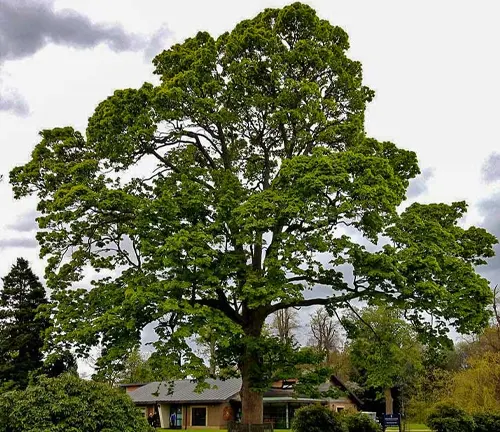
This deciduous giant boasts a massive trunk, often reaching impressive diameters, and can soar to heights of over 100 feet. Its leaves are broad and hand-shaped, forming a lush green canopy that provides ample shade during the summer months. Come autumn, the foliage transforms into a palette of warm hues, casting a golden glow.
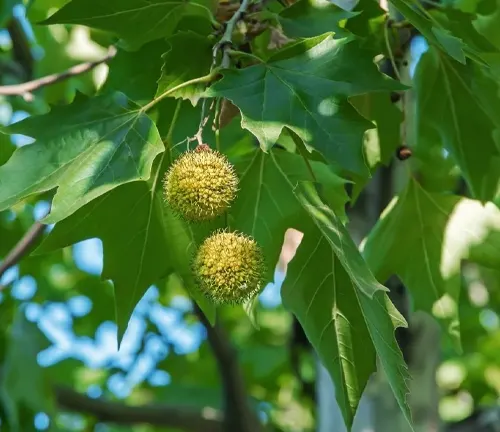
The sycamore’s unique seed balls, dangling from the branches like ornamented baubles, add to its charm. Well-adapted to various soil types and climates, the American sycamore thrives near water sources, a habitat it naturally favors. Beyond its aesthetic appeal, the sycamore serves as a vital ecological player, providing habitats for various bird species and small mammals. With a history deeply rooted in American landscapes, this tree stands not only as a testament to nature’s resilience but also as a symbol of enduring beauty.
| Characteristics | Description |
| Scientific Name | Platanus occidentalis |
| Common Names | American sycamore, American planetree |
| Type | Deciduous |
| Height | Over 100 feet (30 meters) |
| Bark | Mottled, exfoliating in puzzle-like patches |
| Leaves | Broad, hand-shaped |
| Canopy | Lush green, forming ample shade |
| Fall Foliage | Transforms into warm hues during autumn |
| Seed Balls | Unique spherical structures hanging from branches |
| Trunk Diameter | Impressive, often reaching significant sizes |
| Preferred Habitat | Near water sources, adaptable to various climates |
| Ecological Role | Provides habitats for birds and small mammals |
| Landscape Use | Riverbanks, parks, urban streets |
| Cultural Significance | Symbol of enduring beauty in North American landscapes |
Botanical Beauty of the American Sycamore Tree
The American sycamore tree, scientifically known as Platanus occidentalis, stands as a testament to botanical beauty in North American landscapes. Its striking appearance, characterized by a massive trunk with distinctive mottled bark that peels away in puzzle-like patches, captures the eye and draws admiration. With leaves that are broad and hand-shaped, forming a lush green canopy in the warmer months, the sycamore stands out as a majestic presence in woodlands, parks, and urban settings alike. The aesthetic allure of this deciduous giant extends to its autumn transformation, when the foliage takes on warm hues, painting the surroundings in a palette of gold and amber. The unique seed balls that dangle from its branches add a touch of whimsy to its botanical charm.
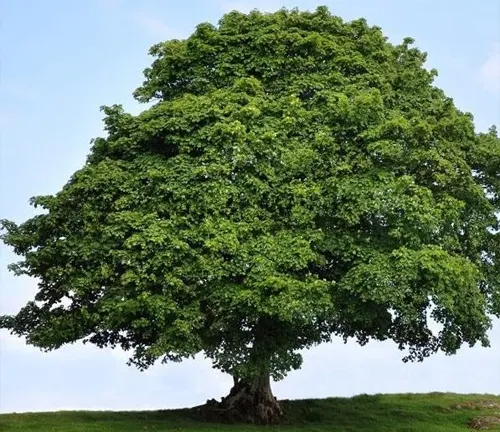
Woodland Elegance
In the realm of trees, the American sycamore exudes woodland elegance like few others. Its towering height, often exceeding 100 feet, commands attention, while the sheer diameter of its trunk showcases a robust and enduring presence. The mottled bark, which peels away to reveal a patchwork of colors beneath, contributes to its distinctive and refined appearance. Whether standing solitary along a riverbank or gracing the canopy of a park, the sycamore stands as a living testament to the elegance that nature can manifest over time.
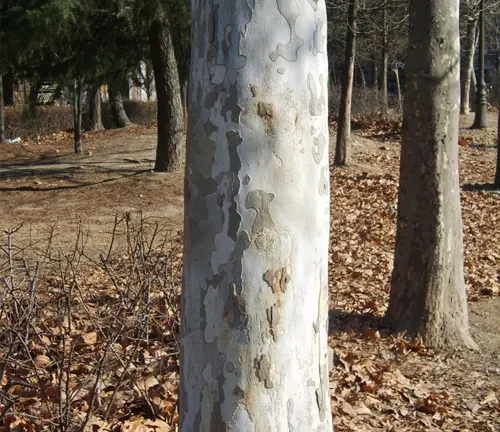
Ecological Importance
Beyond its visual splendor, the American sycamore plays a crucial role in maintaining ecological balance. Its broad leaves and expansive canopy provide shade, creating microhabitats for various bird species and small mammals. The tree’s branches offer nesting sites, contributing to biodiversity in its immediate environment. Positioned near water sources, the sycamore thrives in a habitat it naturally favors, further enhancing its ecological importance by stabilizing riparian ecosystems and preventing erosion along riverbanks.
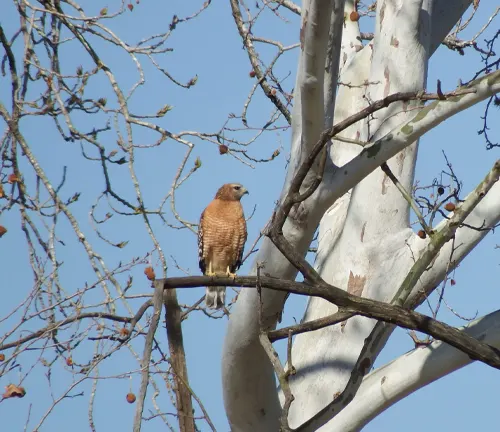
Cultivation and Conservation
Cultivating the American sycamore requires an understanding of its adaptability to various soil types and climates. While it naturally gravitates towards water sources, it can thrive in a range of environments, making it a versatile choice for landscaping and reforestation projects. Conservation efforts aimed at preserving this iconic tree involve protecting its natural habitats, promoting responsible cultivation, and raising awareness about the importance of preserving native species in the face of environmental challenges.
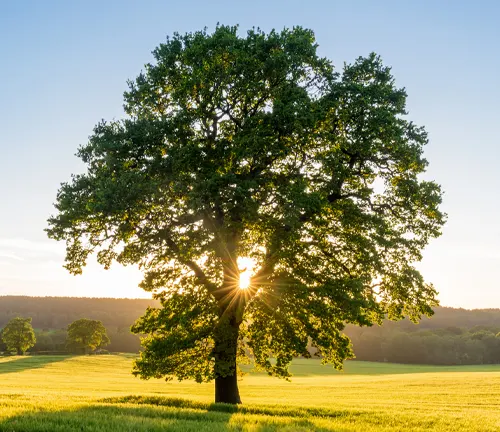
Fragrance
A subtle but distinct feature of the American sycamore is its fragrance. While not as pronounced as some flowering trees, the leaves and bark emit a characteristic scent that adds to the sensory experience of being in proximity to this remarkable tree. It’s a fragrance that subtly underscores the tree’s presence, contributing to the overall allure of the natural spaces it inhabits.
Soil Stabilization
The extensive root system of the American sycamore plays a vital role in soil stabilization. As the roots delve deep into the earth, they help prevent erosion along riverbanks and stabilize the soil in various landscapes. This erosion control function is particularly valuable in maintaining the integrity of waterways and preserving the structural stability of the surrounding terrain.

Common Uses
The American sycamore has found its way into various aspects of human life. Historically, its wood has been used for a range of purposes, from crafting furniture and woodenware to constructing canoes and boats. The unique qualities of sycamore wood, including its interlocking grain and durability, make it a favored choice for certain applications. Additionally, its aesthetic appeal has led to its use in landscaping, where it often takes center stage in parks, botanical gardens, and urban green spaces.
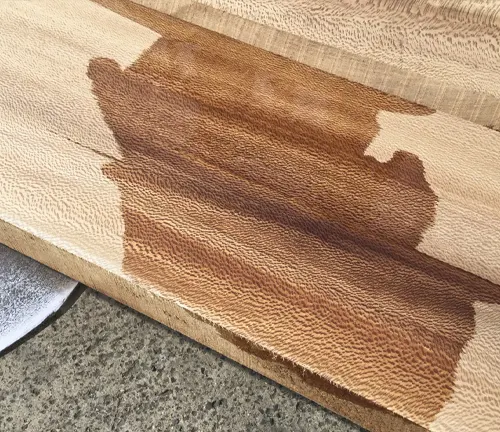
Benefits
The benefits of the American sycamore extend beyond its visual and practical contributions. As a carbon sink, the tree plays a role in mitigating climate change by absorbing and storing carbon dioxide. Its ecological contributions, including providing habitat and promoting biodiversity, make it an invaluable component of healthy ecosystems. Furthermore, the sycamore’s cultural and historical significance adds a layer of importance, as it symbolizes the enduring beauty and resilience of North American landscapes.
Different Species
London Plane Tree
(Platanus × acerifolia)
This tree is a hybrid of the American sycamore (Platanus occidentalis) and the Oriental plane tree (Platanus orientalis). It is commonly planted in urban areas for its tolerance to pollution and is known for its attractive mottled bark.
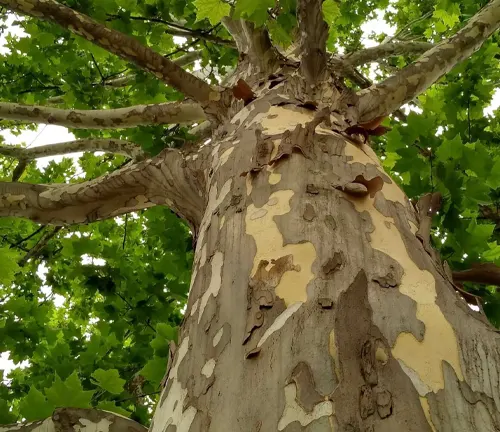
Frequently Asked Questions (FAQs)
- What is a sycamore tree?
The term “sycamore tree” can refer to different species depending on the region. In North America, the American sycamore (Platanus occidentalis) is a common reference. - How can I identify a sycamore tree?
Sycamores are often identified by their distinctive bark, which peels away in patches, revealing a mottled pattern. They typically have broad, hand-shaped leaves and produce spherical seed balls. - Where are sycamore trees commonly found?
Sycamore trees are found in various parts of the world, with different species adapted to different climates. In North America, the American sycamore is prevalent near water sources. - What are the common uses of sycamore wood?
Sycamore wood has historical uses in crafting, including making furniture, woodenware, and boats. Its interlocking grain and durability make it suitable for certain applications. - Are sycamore trees deciduous or evergreen?
Sycamore trees are deciduous, meaning they lose their leaves in the fall and regrow them in the spring. - Do all sycamore trees have similar characteristics?
While there are common characteristics among sycamore trees, variations exist among different species. For example, the American sycamore may have differences from the London plane tree. - Are sycamore trees suitable for urban environments?
Some sycamore species, like the London plane tree, are commonly planted in urban areas due to their tolerance to pollution and aesthetic appeal. - What is the ecological importance of sycamore trees?
Sycamores contribute to ecosystems by providing habitats for birds and small mammals, stabilizing soil along riverbanks, and acting as carbon sinks. - Can sycamore trees be grown in different climates?
Different species of sycamore trees are adapted to various climates, but many are versatile and can thrive in a range of environments. - Are sycamore trees protected or threatened?
Conservation status varies among species. Some may face threats, while others are commonly cultivated. Conservation efforts often focus on preserving natural habitats.


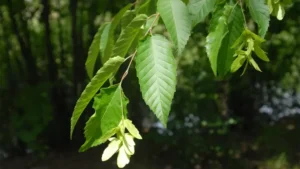
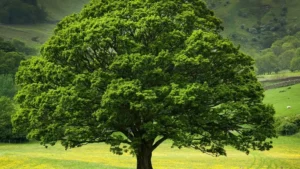
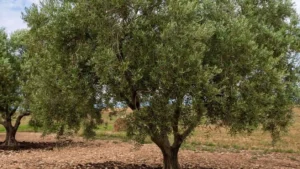

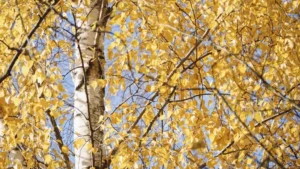

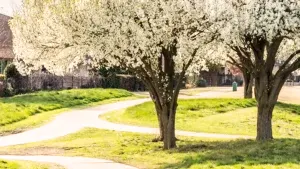

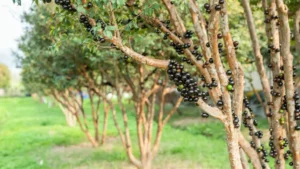
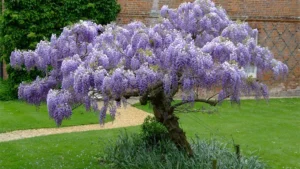
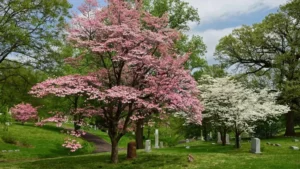

Leave your comment